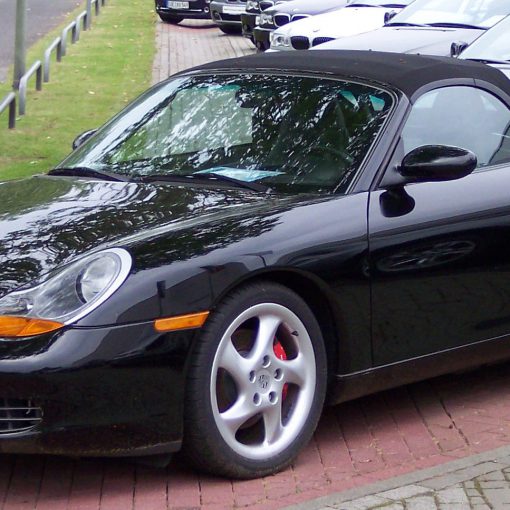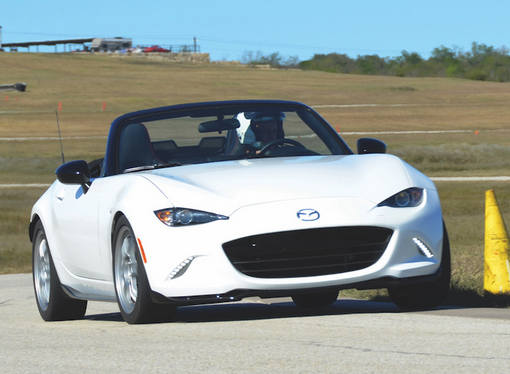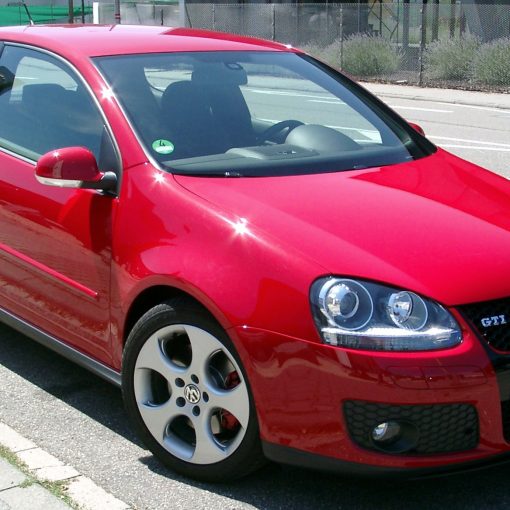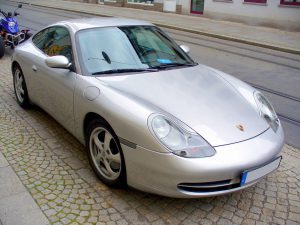So you have decided to build a tracktool? Here are a few things to consider before you buy a car and start upgrading it.
Dual use
Not everybody has the luxury of buying, maintaining and paying for a car that will be exclusively used on the track. Chances are you can only afford a single car that will also be your daily driver. Such a dual use comes with a number of restrictions that have to be kept in mind when selecting and later upgrading a car.
Road legality: A dual-use car will of course have to be road legal. See below for implications.
Usability: a dual-use car needs to retain its usability as daily driver. This puts several restraints on the modifications that can be made:
- The possibility for weight reduction is very limited. You will probably want to retain all seats, carpeting and soundproofing.
- There are limits to your suspension setup, especially in terms of stiffness and camber.
- A roll cage will be close to impossible, bucket seats and four-point harnesses more difficult to use.
Nevertheless, I think a dual-use car is attainable and can provide lots of fun on track.
Competition use
If dual use is not necessary, you have more freedom. The ability to install a roll cage is in my eyes the biggest benefit. When going down this route, you might want to consider building a car that can also be used competitively, since this opens a new range of possibilities beyond track days. It does however impose some new constraints:
- The car needs to be built according to the regulations of the series you want to enter.
- You want to buy a car that will be competitive in its class. The BMW 330i E46 is e.g. a popular car, but not competitive in a 3-liter production car class where it might compete against the older 3-liter E36 M3.
Road legality
Even if dual use is not necessary, chances are you want to retain road legality for your car. Not only does it mean that you can drive the car to events (instead of having to invest in a trailer and a car that can pull it), it is also a requirement for lower-tier events like the Touristenfahrten. What this means in practise depends on the regulations of your country. Germany e.g. has very strict rules regarding modifications of cars, putting tight boundaries on what is possible.
Even if you require neither road legality nor want to drive the car competitively, there are still some limits to what you can do. Noise regulations especially come to mind – some tracks enforce quite low dB limits!
Step by step
In the end, the great thing is that you can do things step by step. You might start out with a dual-use car, but later on decide to rip out the interior and make it a dedicated track car. Just make sure to choose the right car to begin with.




